“Oh, that’s for lagniappe.”, Mark Twain said. Indeed, “a word worth travelling to New Orleans to get.”
In New Orleans “speak.”
the language often used by New Orleanians to give meaning and pronunciation to certain local words – the word lagniappe (pronounced “lan-yap”) means “a little something extra,” “something given or obtained gratuitously or by way of good measure.” Mark Twain writes about the word in a chapter on New Orleans in Life on the Mississippi (1883). He called it “a word worth travelling to New Orleans to get.” So what is that little something extra that the Lady New Orleans has to offer? We have a 4-day weekend to discover.
First Night Welcomes
A little something extra is immediately evident with our early check-in and a warm welcome at the beautiful Beaux-Arts International House Hotel. Ideally situated in the Central Business District, the dramatic lobby offers 23′ ceilings, ornate pilasters and intimate groupings of shabby-chic furniture handcrafted by local artisans. We settle into our comfy room, get our bearings and confirm some reservations for the next four days. A pre-dinner drink is in order, and we plop ourselves in the Hotel’s plush, antiqued and mottled velvety-red bar Loa. The talented mixologist Steve and the charming Allyson recommend a local Bourbon for John and shake an icy, straight-ups martini for me. Dinner tonight is at Lüke, a NOLA homage to the grand Franco-German brasseries of old New Orleans and is a leisurely saunter around the corner from the hotel. We are greeted by a bustling bistro room and a welcoming oyster bar and are feted and feasted by Chef Matt Regan’s fantastic food. A true lagniappe “first-night welcome to New Orleans” feed. Wandering across the Canal Street, Perley Thomas Red Streetcar tracks, we dodge the rowdy revellers, bachelorette, and frat-boy laden party buses and walk the tranquil, gas lit and quiet Chartres and Royal Streets of the French Quarter, leisurely ambling and window shopping until we stumble across the jazz-filled and cobbled Jackson Square, bathed in New Orleans lamplight.
“A Bit of Bourbon Weather”
We crave typical brunch options as Friday morning breaks sunny but with high-level threatening rain clouds looming on the Mississippi horizon. “Looks like a bit of bourbon weather out there,” the hotel doorman casually mentions. In other words, be prepared to jump in and out of some bourbon-serving bars for a languid 10-minute cocktail as the rain comes pelting down. We drop our name and join the outdoor lineup at The Ruby Slipper, a popular and noisy breakfast joint known for its house specialties, including BBQ Shrimp & Grits, Eggs Cochon, and Migas. We are primed for our wander and jump on the Big Red Bus for a city tour. We hop on at RiverWalk, New Orleans’ boardwalk-walk right on the Mississippi. Our tour takes us through the Faubourg Marigny and Bywater, a picturesque residential neighbourhood a mile or so downriver from the French Quarter, where we view typical New Orleans “shotgun” architectural-style houses. These uniquely Southern African and Haitian-influenced houses are long and narrow and usually no more than 12 feet wide, with rooms arranged one behind the other and doors at each end of the house. Visitors to the Marigny neighbourhood spend whole weekends with the locals romping around Frenchmen Street, bar-hopping for live music or eating out along its increasingly diverse restaurant row. We hop off the bus at the corner of Hagan and Toulouse in Mid-City at Parkway Bakery and Tavern for “the best poor boy in town,” a neighbourhood landmark since opening in 1911. John opts for the Parkway Caprese, and I munch on the Golden Fried Catfish, both “Dressed.” Yum. Double Yum.
Dinner tonight is at Cochon in the city’s up-and-coming Warehouse/Arts district. Umbrellas are up and down, and we slip in the front door as the sun returns and dries the water-laden streets. The room is warm and bustling, with warehouse-themed brick predominating the theme. We have an early reservation (did I mention how busy the New Orleans eating scene is?) and grab a pre-dinner Tin Roof Brewery “Perfect Tin” pint while we wait for our table. Once seated, we immediately acknowledge some more New Orleans lagniappe: as with dinner last evening at Lüke, we engage in animated and unreserved conversations with our fellow diners. This appears to be typical NOLA behaviour. Delicious starters of arugula & watermelon salad and a mushroom salad with beef jerky and lemon dressing are followed with oven-roasted redfish “Fisherman Style” with pickled fennel for me, and a delicious soft-shell crab for John. We wander back through the Central Business District and navigate a Friday night all the way to the end of Bourbon Street. Drinks and easy piano are all part of the laid-back, candlelit atmosphere of Jean Lafitte’s Blacksmith Shop Bar, which is the oldest structure used as a bar in the United States. A New Orleans brick en poste building dating from 1722, the pub is one of the three oldest buildings in New Orleans and houses many types of lingering spirits, both liquid and celestial. Always popular with both locals and tourists alike who want to escape brash Bourbon Street.
More Bourbon Weather
Saturday morning greets us with an 80% chance of rain ALL day, and we decide to turn our original plans into a rain-stroll saunter to the Garden District via Magazine Street with an anticipated ending over Brunch at Atchafalaya. The “bourbon weather” rain adds to the wet mystery and romance of this dripping district where author Anne Rice lives and has set many of her novels. Quaint shopping and architectural gems along Magazine Street keep us pushing toward brunch. A Jazzy-Honky-tonk trio welcomes our wet feet to Atchafalaya. After being seated, we indulge in their popular make-it-yourself Bloody Mary bar, featuring numerous types of home-pickled garnish options (including green beans, asparagus tips, peppers, and cauliflower) to top off your choice of green tomato or traditional homemade tomato juices. John opts for the Oysters Rockefeller Eggs Benedict garnished with Apple Smoked Bacon, and I nosh on The Boudreaux – sunny side eggs, alligator sausage, jalapeño cornbread, crystal potatoes and creole hollandaise – wonderful. The rain has stopped – at least for the moment – and we start our wet Garden District wander, squishing our way past cemeteries and original plantation homes and strolling into the city by the famous St Charles Avenue and the many grand homes and mansions that adorn “The Avenue.” The National World War II Museum is a consideration if the rain doesn’t stop, but it (mainly) does, and we continue our walk. Despite the best intentions to wait until dinner for more food, we end up at the famous Central Grocery back in the French Quarter, and in the non-fancy ambience, split a muffuletta, the famous Italian sandwich in the store that originated them: Genoa salami, mortadella, ham, mozzarella, provolone layered on focaccia-type bread, the beautiful chunky olive salad spilling out and onto the counters and stools we share with locals and tourists alike. Central Grocery Tip: unless you are starving, you only need to order a ‘half’ sandwich for the two of you. Trust me; you will have more than enough muffuletta memories to take home with you.
A Little Something Extra
New Orleans indeed is a lady with lagniappe: As Twain said: “When you are invited to drink, and this does occur now and then in New Orleans — and you say ‘What, again? — no, I’ve had enough,’ the other party says, ‘But just this one time more — this is for Lagniappe.’ ” That little something extra was evident everywhere the Lady NOLA entertains. The people: warm, friendly, even the homeless say good day to you in a buoyant southern -hospitality kind of way. The bountiful blending of French, Spanish, Portuguese, Italian, Native American, and African influences, as well as general Southern cuisine, adds much to the incredible food choices in The Crescent City. The New Orleans boomtown of the last century—thrived and grew on waterborne commerce, and the vibrant, new RiverWalk returns the mighty Mississippi to the edge of this historic shipping city and is a vital connection between the American heartland and the rest of the world.
“Oh, that’s for lagniappe.”, Twain says. Indeed, “a word worth travelling to New Orleans to get.”
The New Orleans Convention and Visitors Bureau sponsored our Visit and specific meals and accommodations featured in this weekend guide. A special thanks to Christine for her co-ordination. Thanks also to Amy at the International House Hotel and Jeff and the staff at Lüke for their lagniappe.







































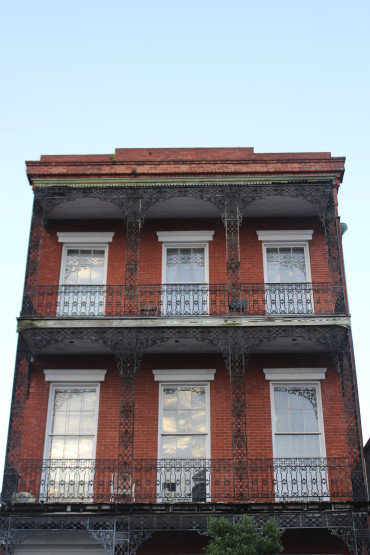


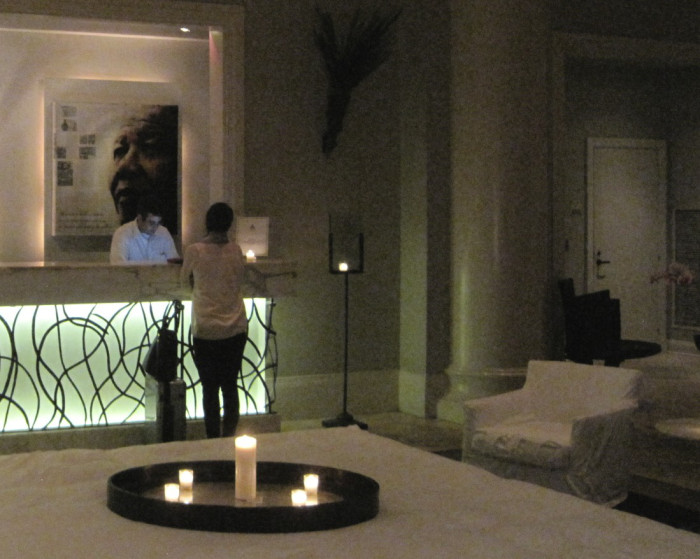


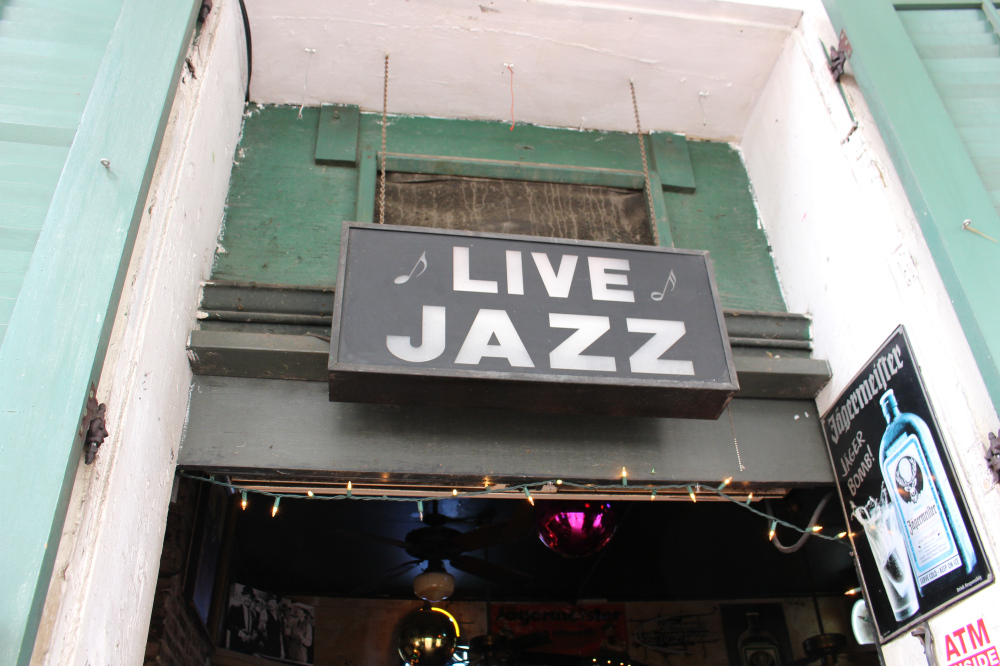



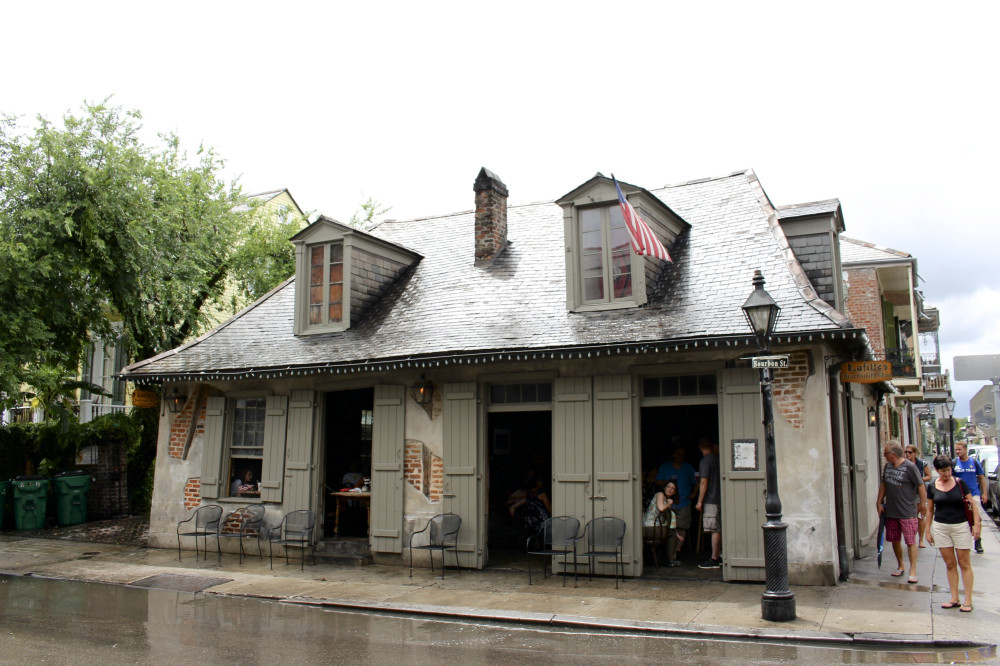



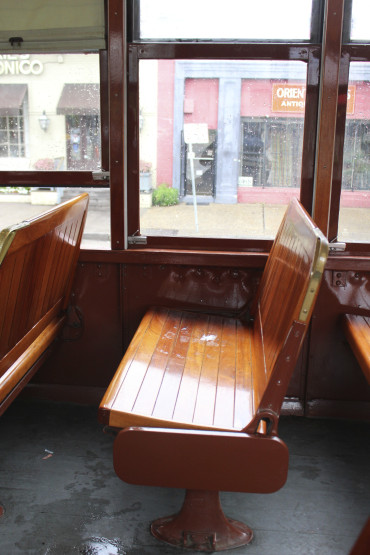

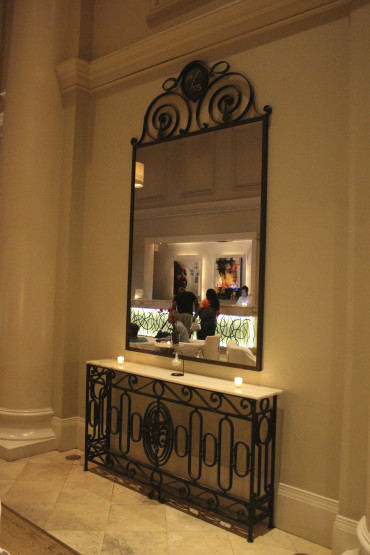









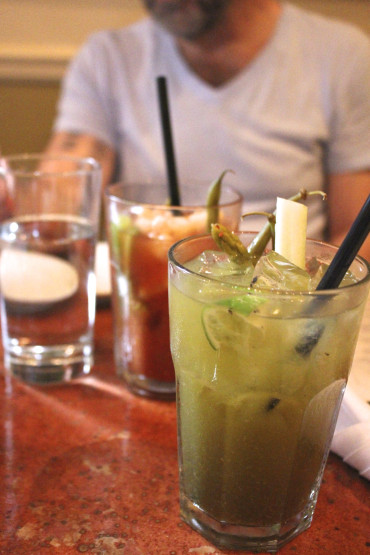

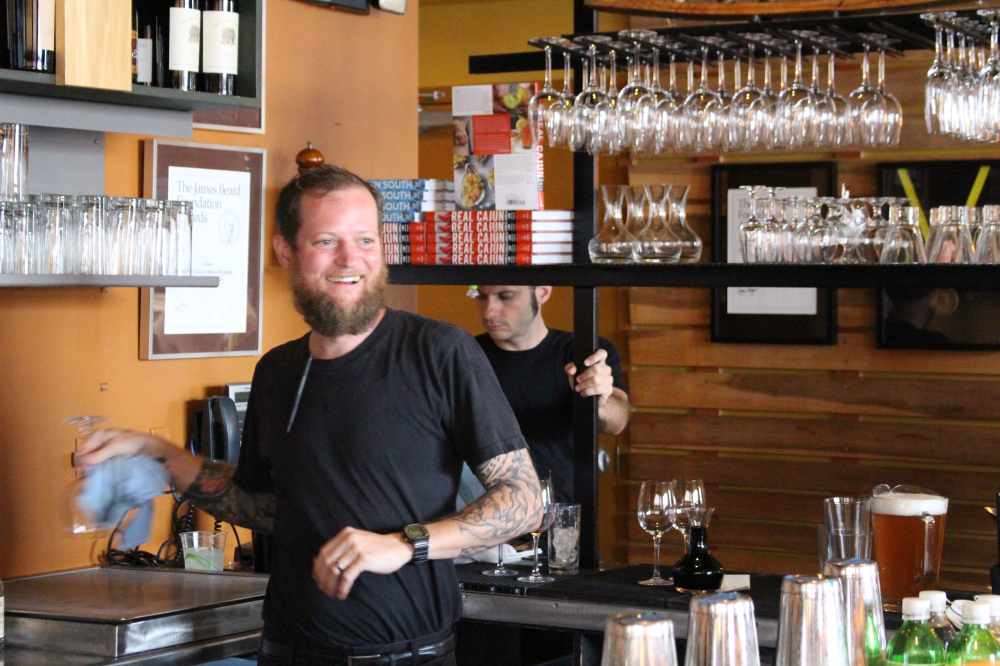




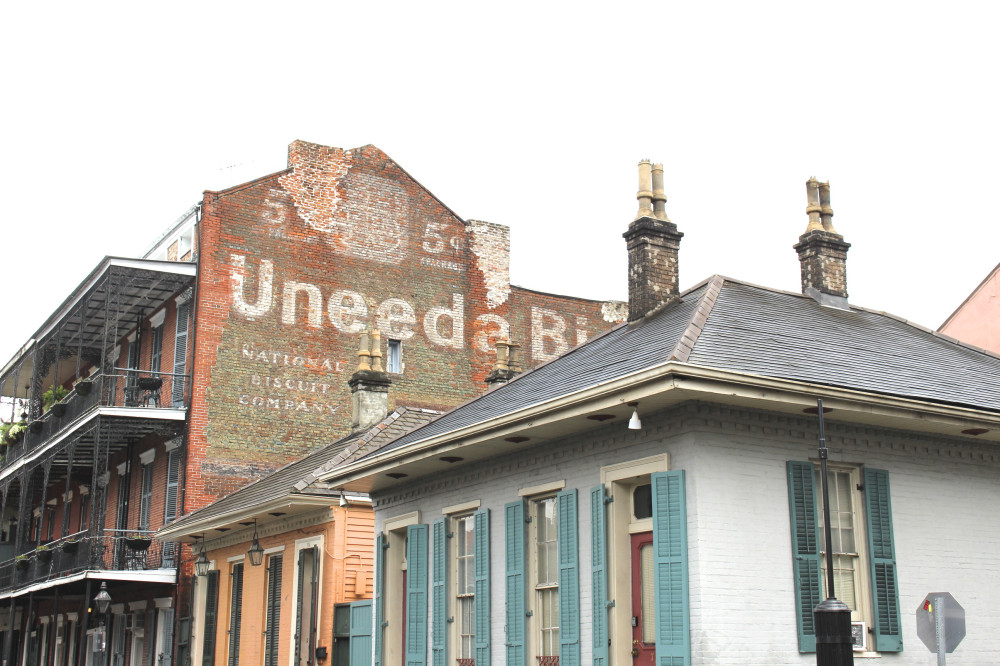
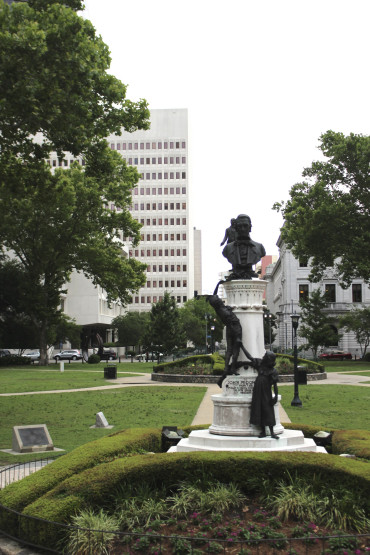
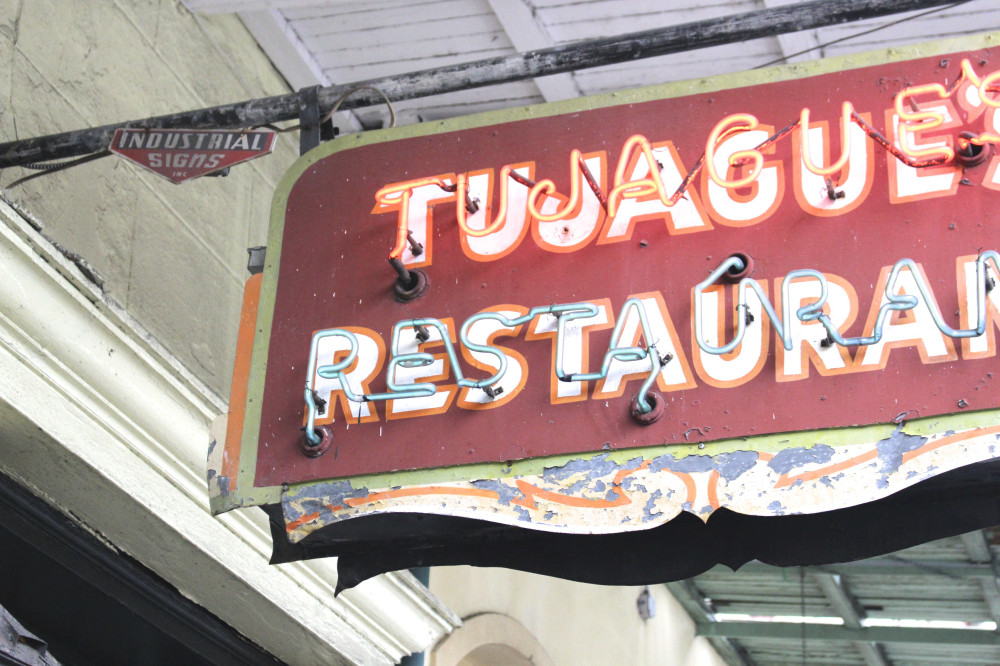
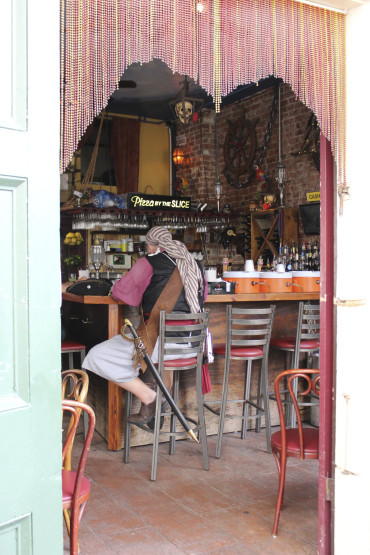





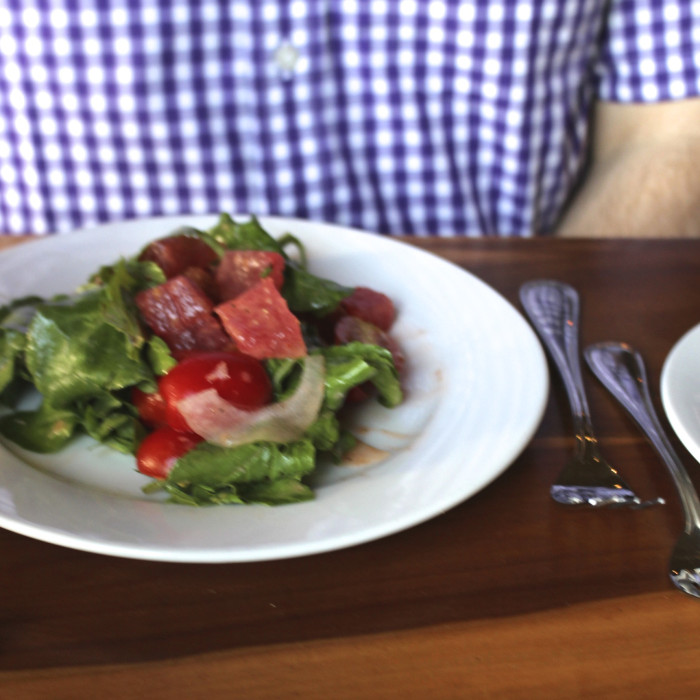
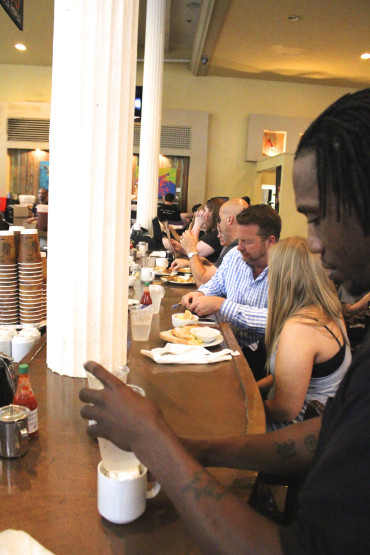
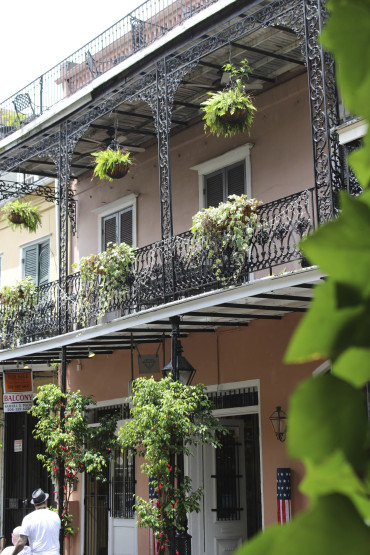
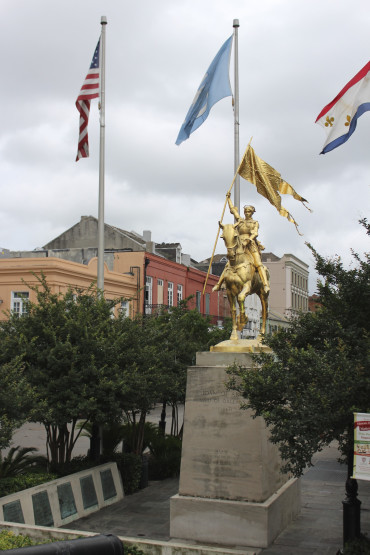





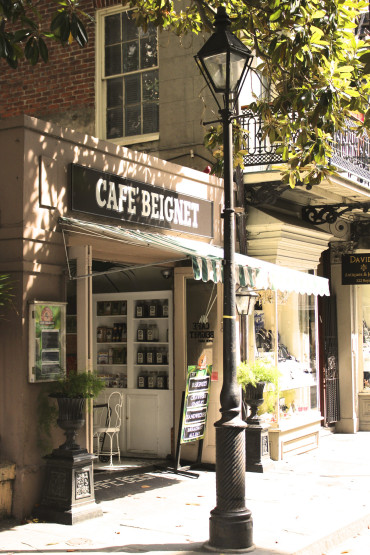



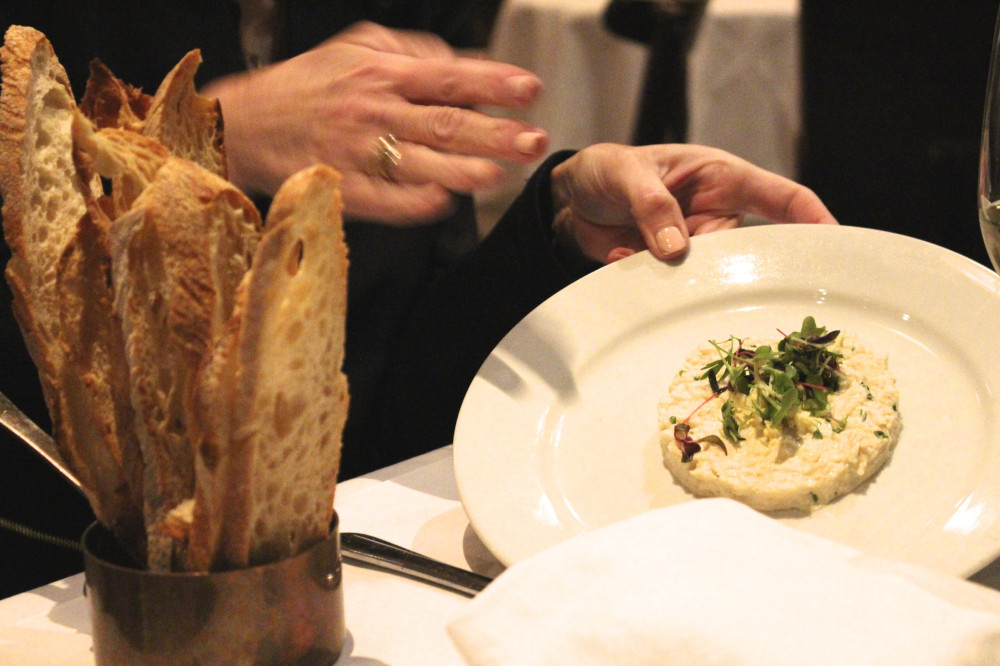

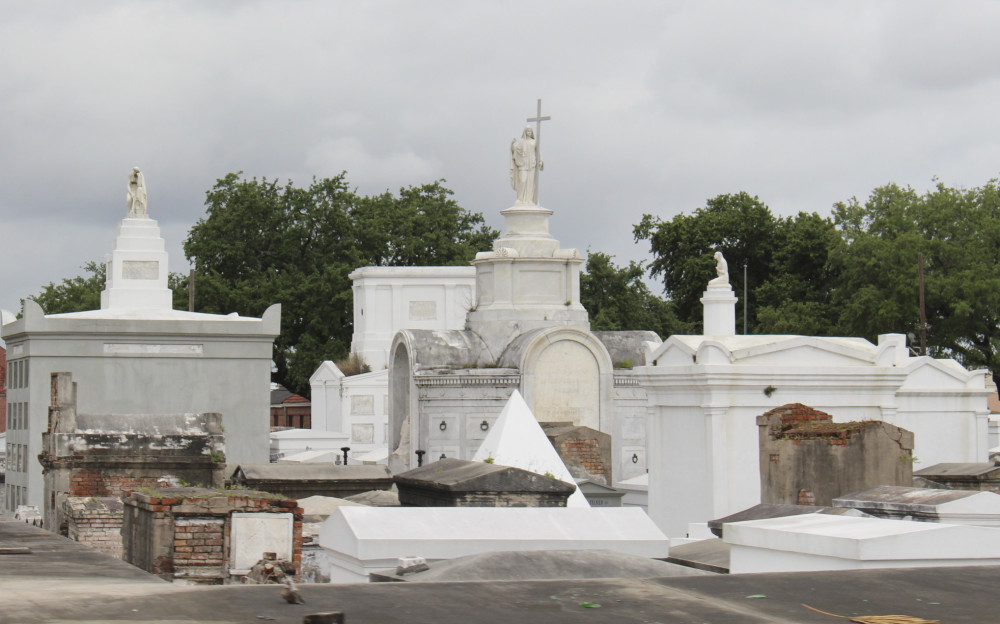




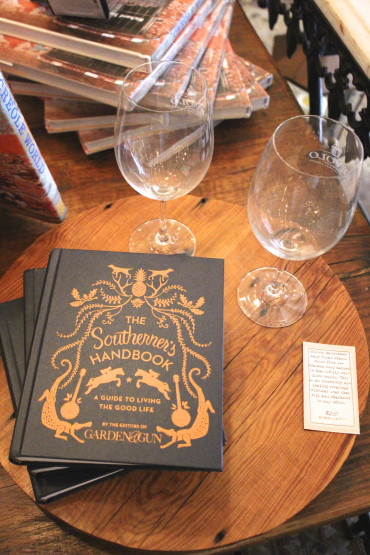


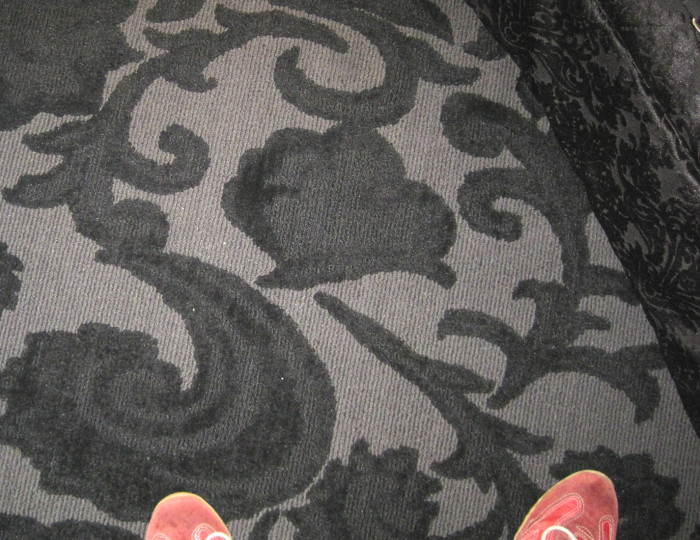



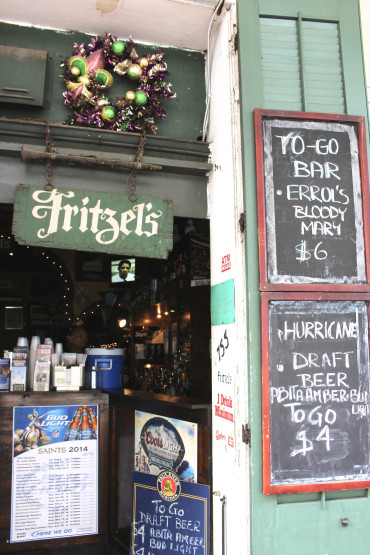

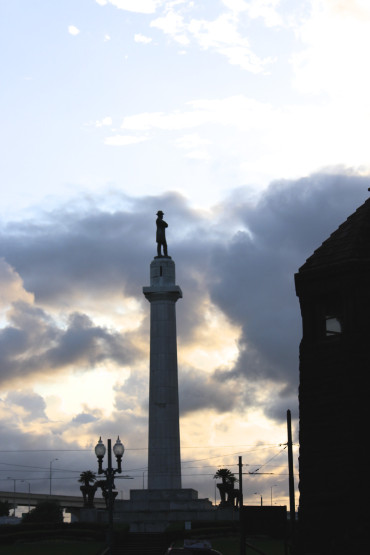

Comments
 Jack
Jack
AuthorA great party town and plenty of good food to. Another popular breakfast spot is Cafe Du Monde French Market for coffee and beignets.
 Gregory George
Gregory George
Authoryes agreed: we try to visit food and drink establishments off the beaten path! Thanks for stopping by Jack!